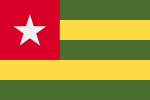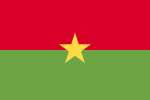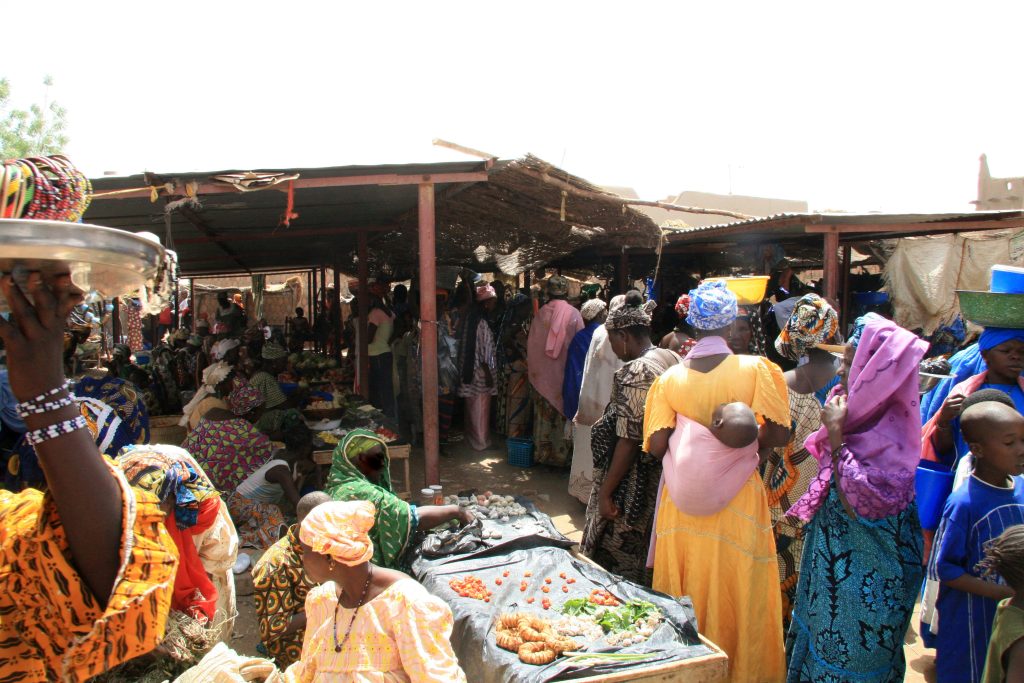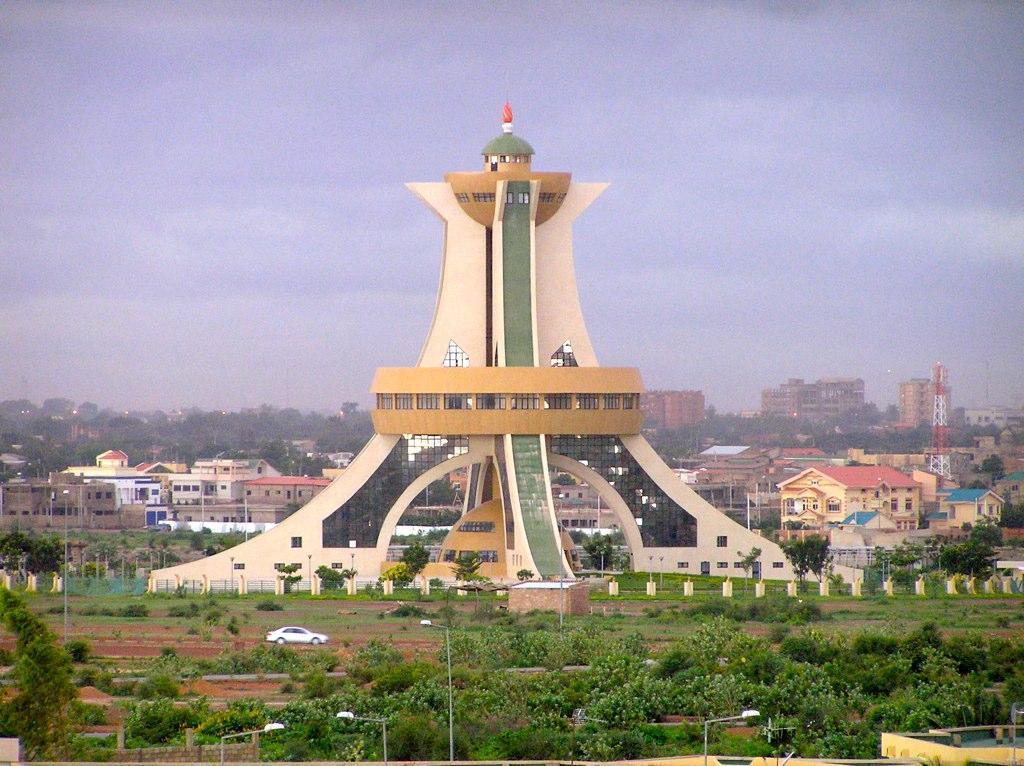Established in January 1994, the West African Economic and Monetary Union (WAEMU) is an economic area comprising eight (8) Member States: Benin, Burkina Faso, Côte d’Ivoire, Guinea- Bissau, Mali, Niger, Senegal and Togo. Its main goal is to enhance economic collaboration between its members, particularly through the adoption of a common external tariff, the harmonization of economic policies, to lead to the creation of a common market. The area is characterized by a monetary unit, the Franc of the African Financial Community (XOF), whose issue is ensured and controlled by the Central Bank of West African States (BCEAO).
The WAEMU area remains one of the most dynamic economic zones in sub-Saharan Africa with a projected growth rate of 5.5% in 2021, attributable to the performance of all Member States. In recent years, the economies of the WAEMU zone have been dynamic, although the COVID-19 pandemic contributed to a slowdown in activity noted in 2020.
Covid-19, impeding growth dynamics in 2020
The growth momentum recorded over the last eight (8) years by the WAEMU area slowed down in 2020 due to the adverse effects of the coronavirus pandemic on activity. However, the WAEMU area also called Union, has been rather resilient. The growth rate of the WAEMU area came out at 1.8% in 2020 after 5.7% in 2019, while sub-Saharan Africa and the global economy experienced a recession in 2020.
The containment measures taken by the Member States of the Union to fight against COVID- 19, have led to a slowdown in all sectors of activity. Thus, the contribution of the tertiary sector to GDP growth in the Union has fallen from 3.2 percentage points in 2019 to 0.8 percentage points in 2020, e.g., a drop of 2.4 points. The contribution of the secondary sector fell by 1.1
percentage points to 0.3 percentage points in 2020. As for the contribution of the primary sector, it stood at 0.7 in 2020, down by 0.4 percentage points compared to 2019. According to the Central Bank estimates, the inflation rate rose in 2020 to 2.1% from -0.7%, due to price increases in most Member States.
The increase in government expenditure because of COVID-19 and the impact of the pandemic on budget revenue mobilization resulted in a widening of the Union's fiscal deficit. The overall fiscal deficit accounted for 5.6% of the Union’s GDP in 2020 compared to 2.3% in 2019. The continuation of investments planned under the National Development Plans (NDP) and the impact of COVID on public finances have contributed to an increase in the debt ratio of the WAEMU area. According to estimates by the International Monetary Fund (IMF), the total outstanding debt of WAEMU States represented about 48.5% of the Union's GDP in 2020, compared with 44.8% in 2019.
To meet the urgent expenses resulting from COVID-19 and to revive their respective economies, WAEMU Member States have developed economic recovery plans. The States were able to benefit from the assistance of UMOA-Titres to cover their financing needs on the Government Securities Market in 2020 through the issuance of Covid-19 Social Bills. UMOA-Titres also supports States in mobilizing resources on the Government Securities Market by implementing their economic recovery plans through the issuance of Recovery Bonds (OdR) and Support and Resilience Bills (BSR).
A new impetus in 2021
With the implementation of post-COVID-19 recovery programs financed by instruments issued on the WAMU Government Securities Market ( OdR and BSR), economic growth is expected to accelerate in the WAEMU area from 2021. The real GDP growth rate in the WAEMU area is projected at 5.5% in 2021, while the recovery is expected to be rather timid in sub-Saharan Africa. The countries of the Union should benefit from a favorable regional situation linked to the control of the pandemic in the zone. They should also benefit from the recovery of the world economy, which will lead to an increase in the prices of the main raw materials exported. However, the general level of consumer prices is expected to rise in the WAEMU area in 2021 with an expected inflation rate of 2.8% in connection with the recovery of the economy.
In view of the revival of economic activity and the current health crisis under control, the overall budget deficit of the WAEMU area should improve slightly in 2021. The area’s budget deficit would represent 5.2% of GDP in 2021 against 5.6% of GDP in 2020.
For more information on the economic data trends of the 8 WAEMU Member States, click here.
Source: WAEMU’s Information Note – August 2021













